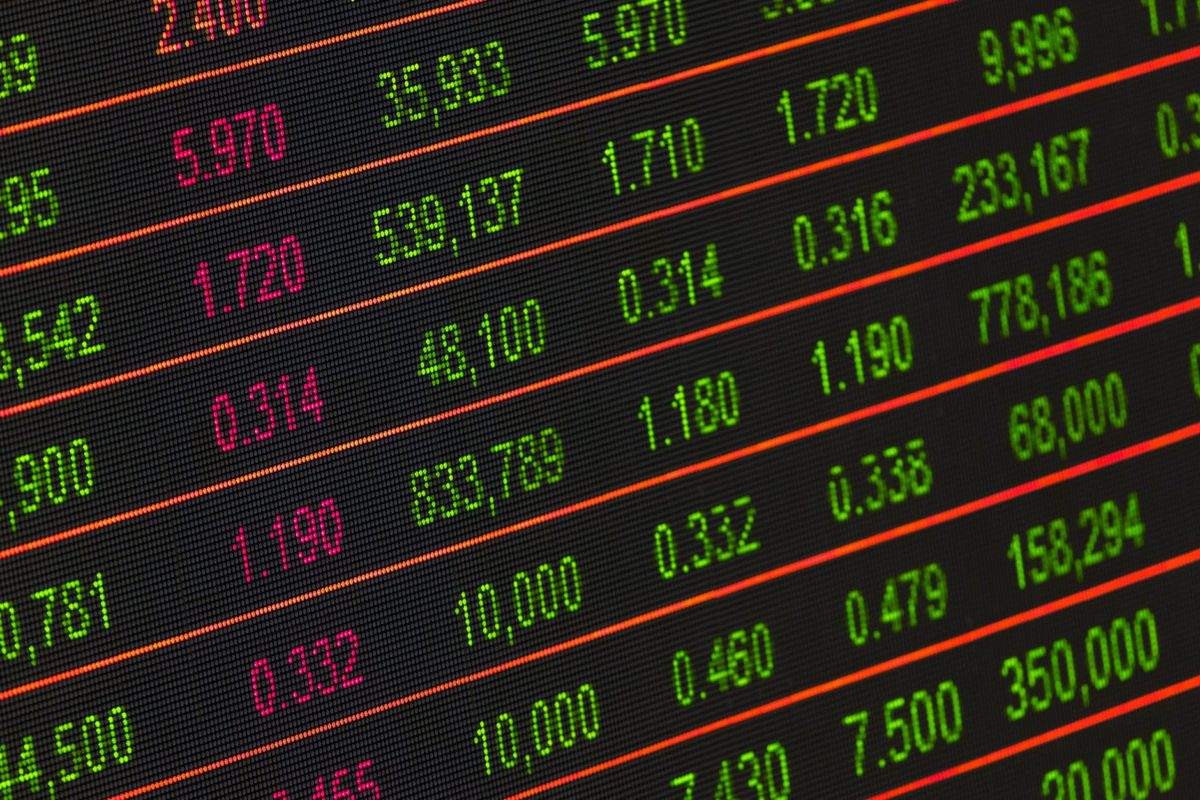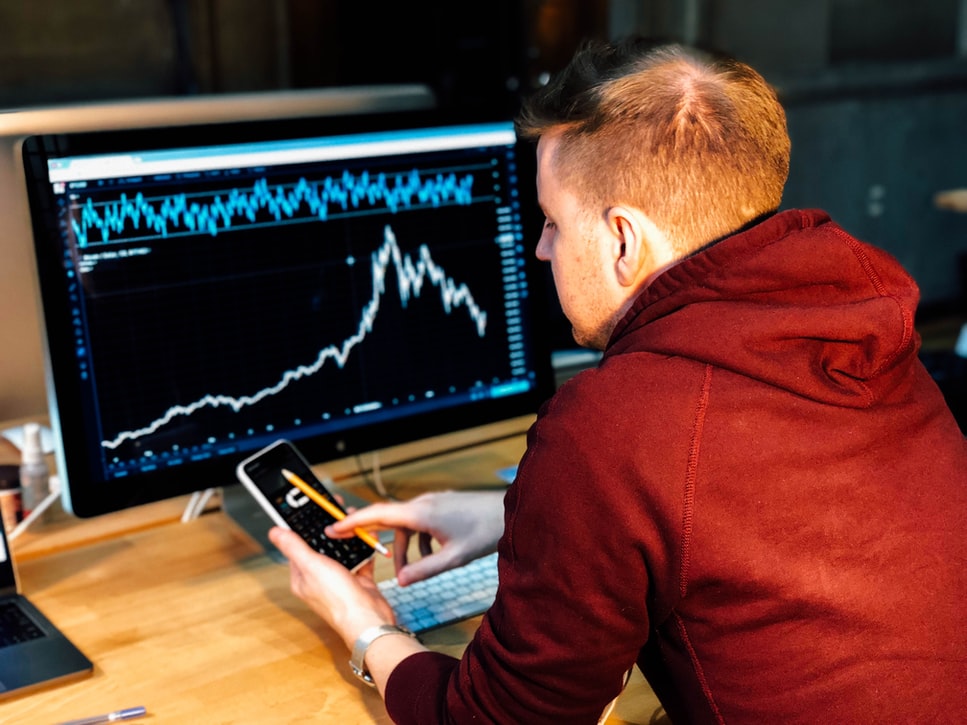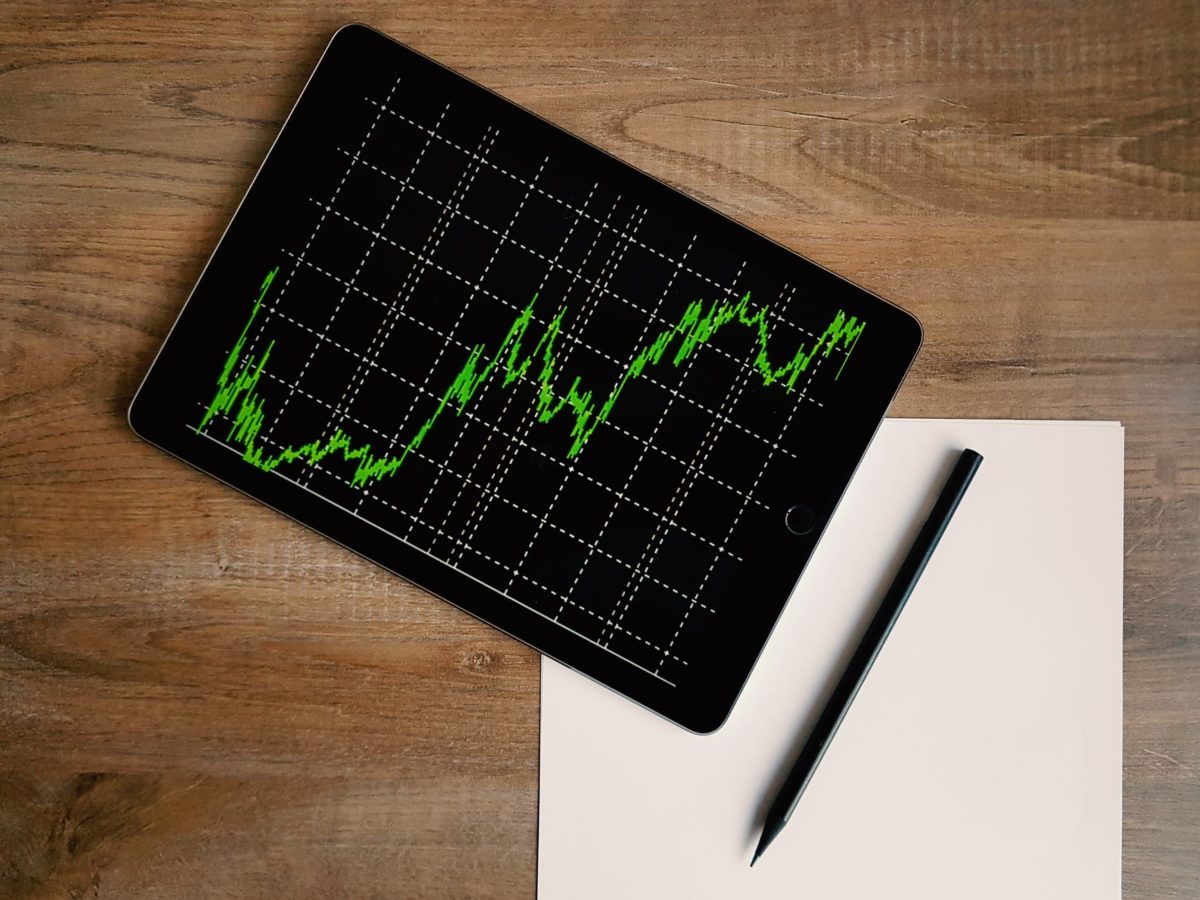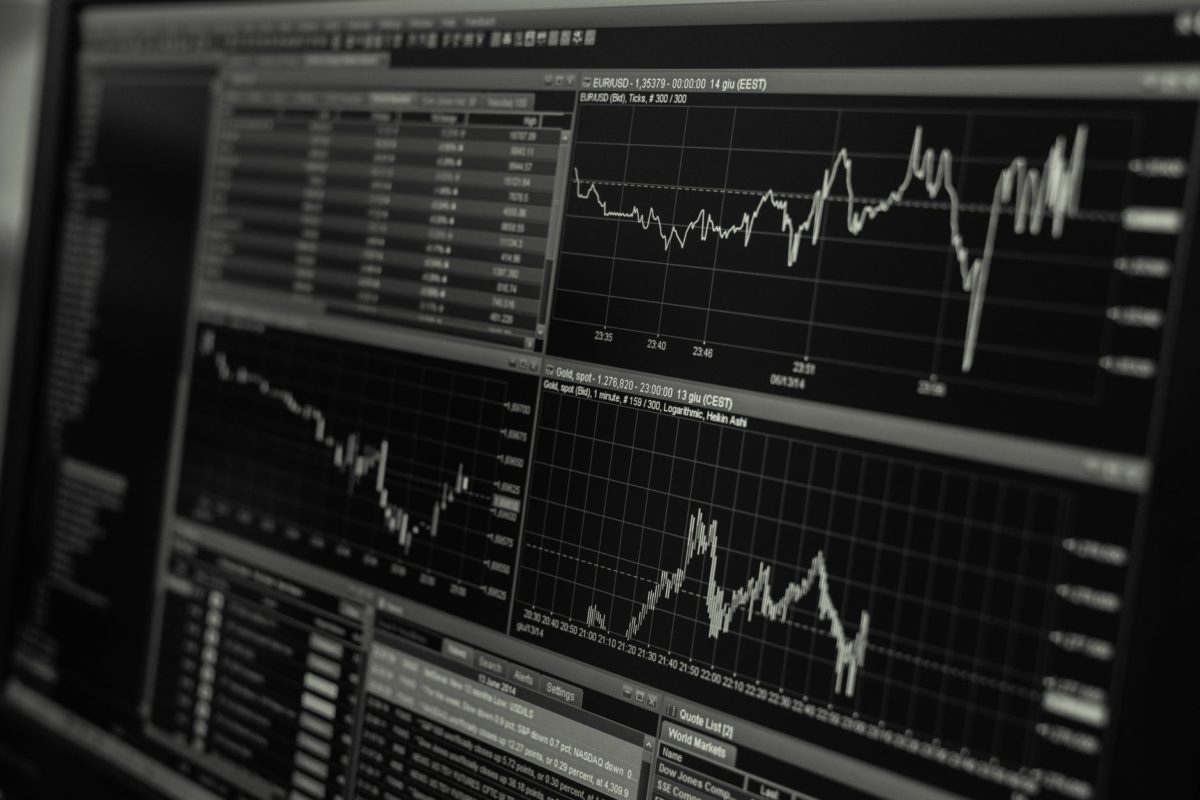
As you read and learn more about how to invest in the stock market, one of the first questions that come to mind is ‘how do investors choose stocks?’
You may already be familiar with some strategies or standard practices of investing. But if you want to be a successful investor, you’ll need to know how to choose the right strategies.
So how do the established or ‘big-time’ investors choose where or when to invest? How do they know which of the thousands of stocks available to choose from?
Before you start your investment journey, learn the basics of the stock market. Figure out what kind of investor you are, what makes stock prices change, and the different types of stock out there.
Here are the basics of how investors choose stocks.
Stock Market & Investment

Investing in the stock market is not as simple as clicking a button and hoping something happens. Investing in stocks takes time and due diligence.
The wealthiest investors did not accrue their wealth overnight. It can take years to see an investment pay off or completely crumble.
That’s why it’s essential to research before investing so that you have an idea of what the payoff or down-fall could be. With that knowledge, you’ll be able to make smarter decisions.
But knowing the when, where, and how’s of stock market investing is only a part of the equation. You must know the types of investment stocks as well.
Types of Stocks

Each type of stock is defined by a company’s total worth of all its shares. This is referred to as a company’s market capitalization.
Please note that the lines that separate each stock type are not firm, meaning there is no written-in-stone definition.
Rather the lines that divide the categories are common ways people have collectively defined them.
Large-cap
A large-cap stock is a company with a market capitalization usually greater than $10 billion.
Mid-cap
Mid-cap stocks refer to companies with a market capitalization range of about $2 billion and $10 billion.
Small-cap
Small-cap stocks usually fall below the $2 billion mark for market capitalization.
Micro-cap:
Micro-cap stocks are companies with a market capitalization between approximately $50 million and $300 million.
Click Here to learn more about Micro-Cap Investment. Also, find out Why Micro-Cap Stocks Offer the Biggest Upside to Retail Investors.
Price Fluctuation of Stocks: Why and How?

One of the major effects of stock prices is supply and demand. Consider a stock market a sort of auction.
When you have more buyers than sellers, the price of a stock tends to increase. This increase has a ripple effect that boosts the market quotation that investors can sell at. It also entices investors who were not interested in selling to sell.
When sellers outnumber buyers, meaning there is less demand, the opposite ripple effect occurs. Whoever is willing to eat the lowest bid sets the price, triggering a race to the bottom.
But supply and demand are just one force that affects the price of a stock. Another great indicator of price fluctuations is a company’s earnings or profits.
Since public companies must report their earnings, Wall Street analysts place their bets based on those public reports. If Wall Street sees better than expected earnings, the price of a stock will usually rise.
However, it’s not as simple as it appears. These are just a few reasons the price of a stock fluctuates.
Your best bet is to continue evolving the way you understand stock prices by reading more.
Types of Investors
There are two main types of stock market investors: active and passive. Each type utilizes a different strategy, level of commitment, risk level, and reward level.
Figuring out which type you are will ultimately help you be a better investor. While there is no best type, there is a type that is best for your desired outcomes. Here are the two types of investors in the stock market.
Passive Investor

A passive investor is someone who uses a buy-and-hold strategy. This means they limit the amount they buy or sell within their portfolios.
They do this by not jumping on or reacting in anticipation of the ever-changing stock market. Passive investing is a long-term investment strategy.
An example of passive investing is buying an index fund, which is a collection of stocks from a large number of companies.
Rather than crafting your own portfolio, an index fund allows you to own slices of stock from hundreds to thousands of companies within the index.
An index fund allows you to have an already made portfolio of some of the largest publicly traded companies.
Additionally, index funds help you minimize risks. If one of the stocks in an index fund is down, there are likely others that are trending up.
Any changes within the index fund, meaning if companies are added to the index or dropped from it, will be automatically updated.
Changes within the index mean the fund automatically buys stock added to the index and sells stock that is leaving.
In essence, being part of a major index fund, such as the S&P 500, means you own slices of thousands of stock. All you have to do is hold it and watch your returns move upward with the stock market’s trajectory.
However, be aware. You may attempt to sell or back out if things start heading downwards. Smart passive investors know that holding on will work out in the long run.
Active Investor

An active investor is somewhat of a portfolio manager but does not necessarily carry the job title.
This is due to the fact that active investing is a very hands-on approach that anyone could do. However, there is a certain level of expertise required to be successful at portfolio management and active investing.
Unlike passive investors, active investors are heavily involved with trading and buying. Your goal as an active investor is to take full advantage of short-term price changes.
As an active investor, you’ll need to have a deep understanding of the stock market and expert analysis skills to succeed.
Suffice to say, an active investor stays up to date with their portfolio or the person they are managing for.
Beyond that, if you want to succeed in active investing, your bets on short-term price changes better be correct.
Otherwise, passive investing may be a better option.
How These Investors Choose Their Stock

Whether you’re an active investor or passive investor, the stocks/index fund you choose to invest in is of the utmost importance.
A passive investor does not involve themselves too heavily in the buying and selling process. Usually, a passive investor will choose an index fund and watch their returns build overtime.
For an active investor, there is much more research, analysis, and guessing involved. With research and analysis, an active investor will seek to gain on short-term price fluctuations.
Active investors’ goal is to find that diamond in the rough before others and jump on them. Of course, that diamond does not work out all the time, which is why active investing is all about research.
Find Your Suitable Zone To Invest
So what kind of investor are you, active or passive? It’s imperative to ask yourself what your goals are and what your budget for investment looks like.
If you’re not a hands-on type of person, then the passive investment strategy is definitely for you. Just find the right index and watch your money grow over time.
If you’re more hands-on and seek a greater return on investment sooner, an active investment strategy will better suit you. Just make sure you have the time and resources to research and analyze your potential investments.
Guidance for Dear Retail Investors
Whether you’re looking for guidance on stocks to invest in 2024, stocks to buy in a down market, or figuring out what type of investor you are, Dear Retail is here to help. Dear Retail keeps its readers up-to-date on the small-cap investment market and other related trends.
Join Dear Retail to learn more about how you can become a better investor.
















